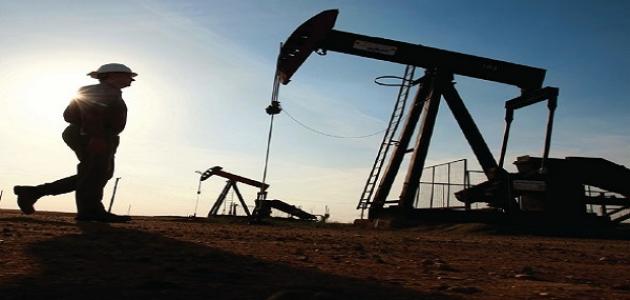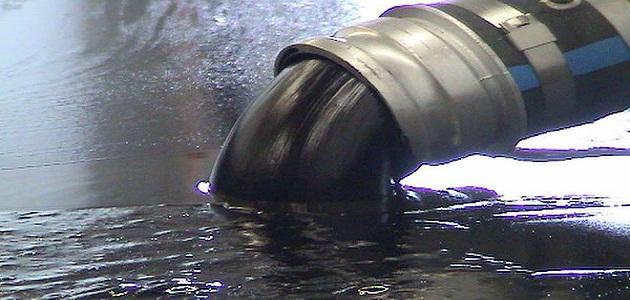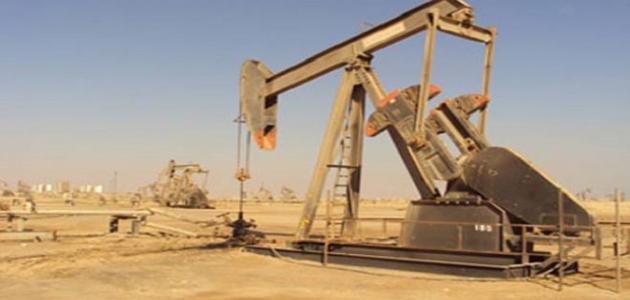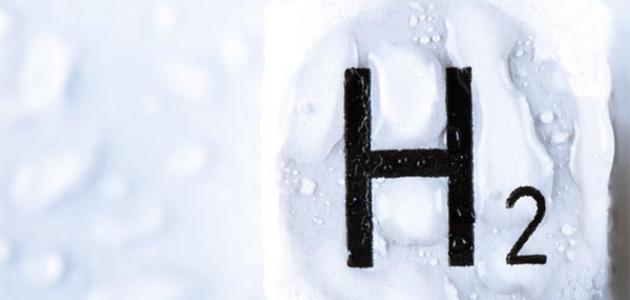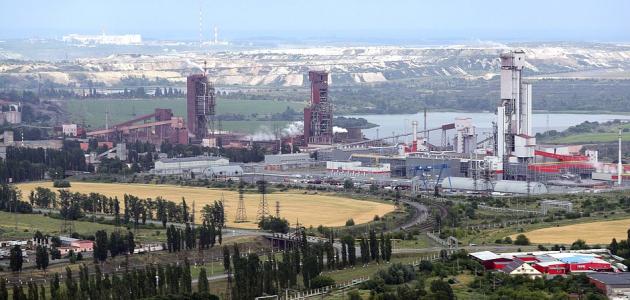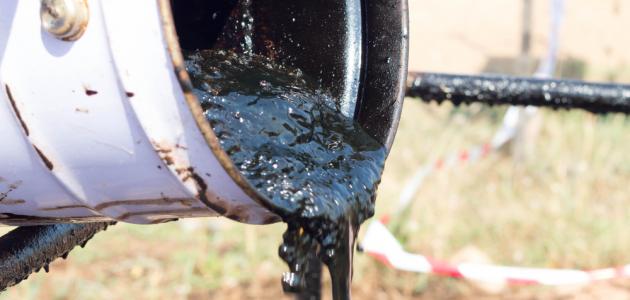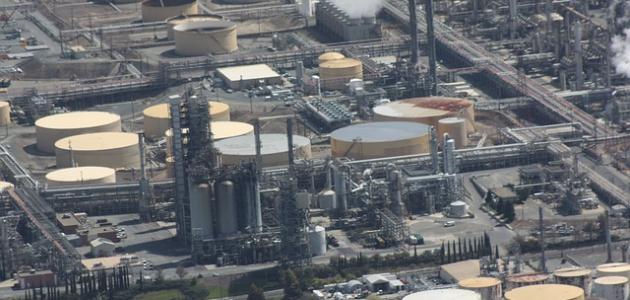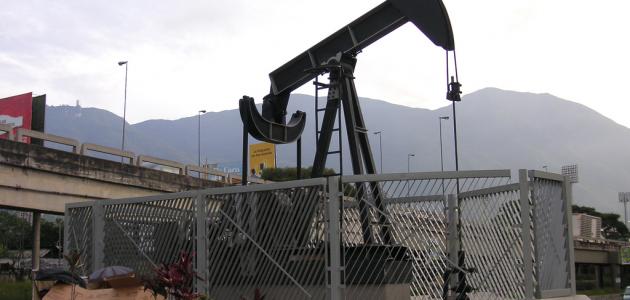Oil extraction
Oil reserves exist as oil or gas confined in hard rocks. They are extracted when both oil and gas float above the surface of the water underground, and are restricted by oil traps. It is worth noting that the trap consists of a tank surmounted by a dense rock cover, or an area with porosity. Low or no porosity such that it restricts hydrocarbons. As for oil extraction, it is done by drilling wells. There are three stages for extracting oil reserves, which are as follows:
- The first stage: It begins when wells produce natural energy from the expansion of gas and water, which leads to fluids being pushed into the wellbore and raised to the surface. It is worth noting that most oil reserves are produced during the initial extraction stage.
- The second phase: It is done by applying industrial energy to raise liquids to the surface by injecting gas to raise the liquids to the surface, or installing a pump under the surface.
- third level: In it, auxiliary means are introduced to increase the movement of fluid in the oil reservoirs inside the tank, in addition to applying secondary technologies. This is done by introducing additional heat to reduce the viscosity and improve its ability to flow into the well bore.
Extracting oil from oil rocks
The process of extracting crude oil from rocks is more difficult than extracting it from the ground, as the oil shale is extracted through mining, and then the oil shale is distilled, where the rocks are exposed to high temperatures without the presence of oxygen, which leads to a chemical change in their structure, and it is called This process involves pyrolysis, then the kerogen inside the fossil fuel begins to liquefy between temperatures of 343-371 degrees Celsius, after which it is separated from the rocks, and the resulting material can be refined to obtain crude industrial oil, and this process is called surface distillation.
Read also:Oil extraction methodThe beginning of oil formation
Oil was formed millions of years ago when plants, algae, and plankton drifted into the oceans and shallow seas, and over time they were buried and crushed under millions of tons of sediment. After the seas dried up, the dry basins remained, and they were called sedimentary basins, and then the organic matter was compressed between the earth’s cover, and millions of tons. From the rocks and sediments above them, and with high temperatures, and in the almost absence of oxygen, the organic matter turned into a waxy substance called kerogen, and with more heat, time, and pressure, a process of hardening, crushing (in English: catagenesis) of the kerogen took place, turning it into hydrocarbons.
Read also:diesel engine components